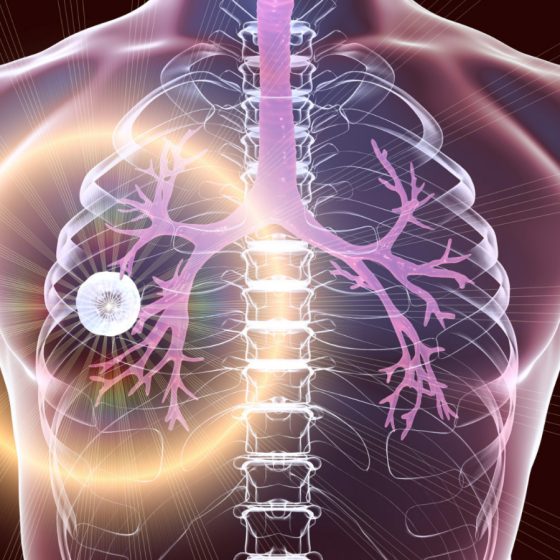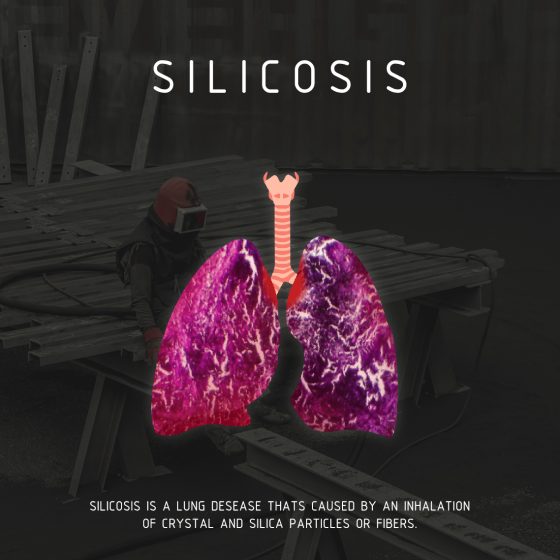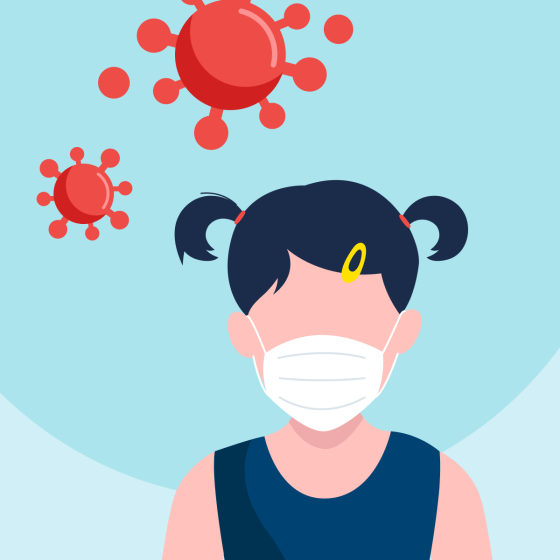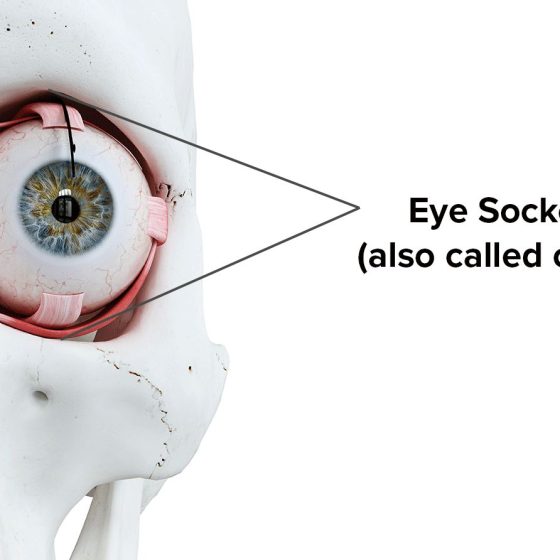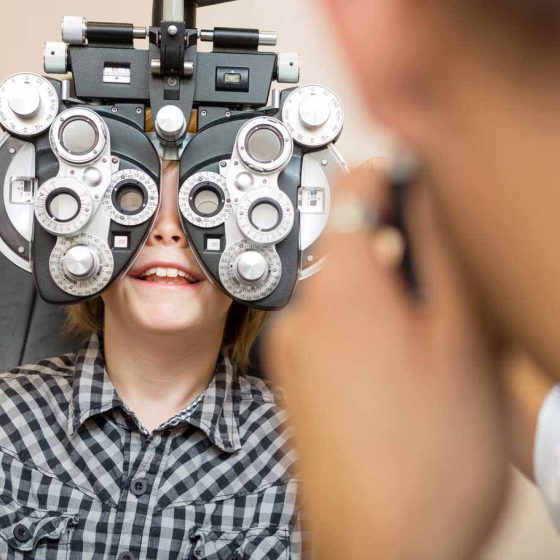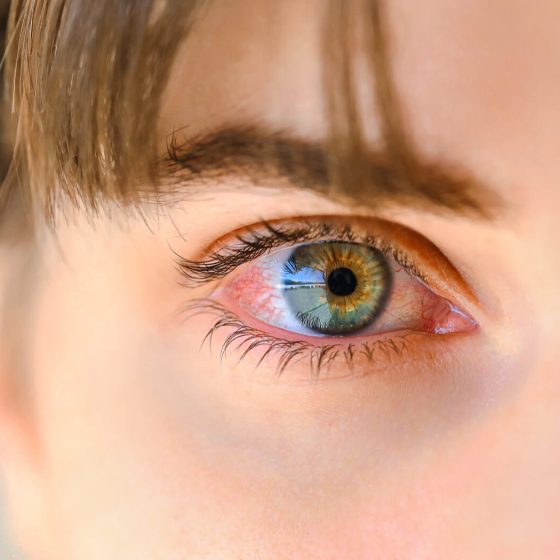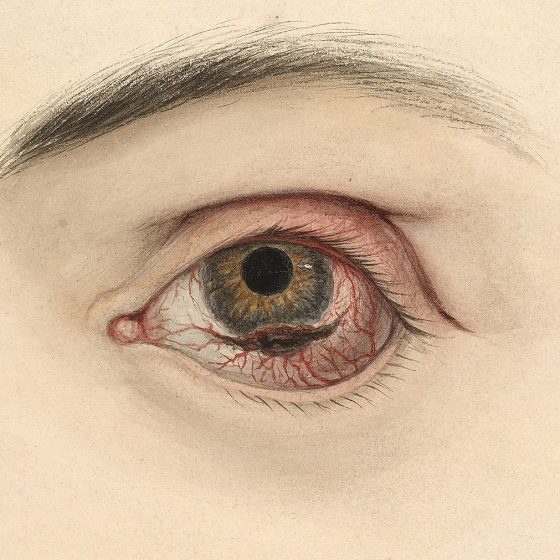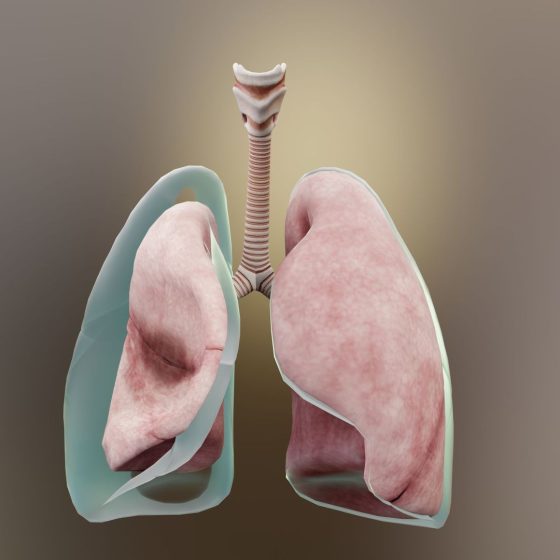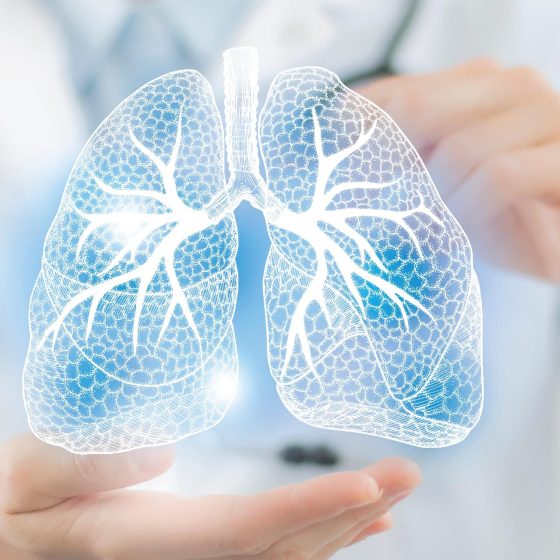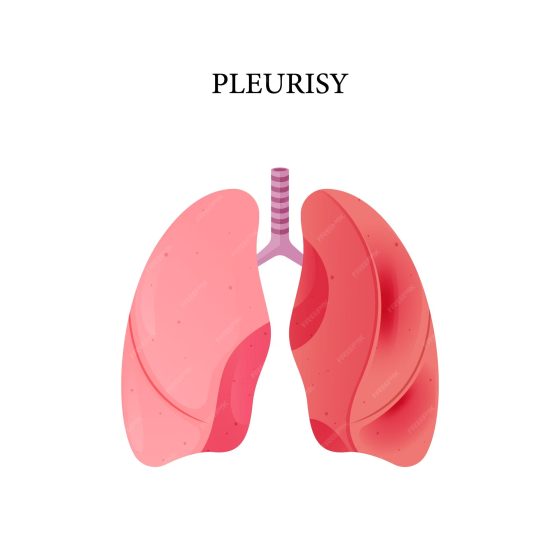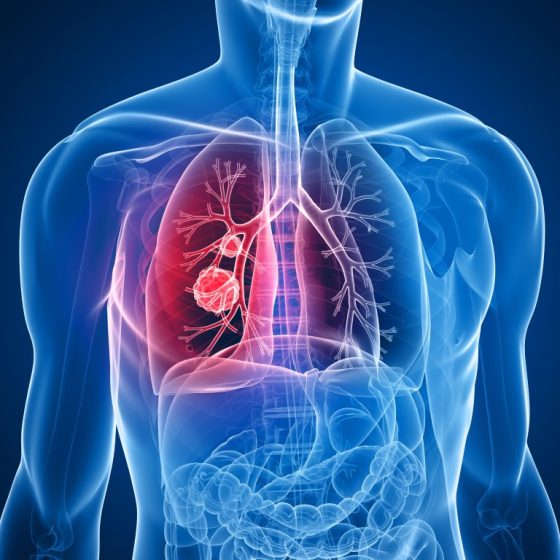Fainting
What is fainting? Fainting, also called syncope, is a period of temporary loss of consciousness that happens when the blood flow to the brain is reduced. When should I see a doctor? People normally recover quickly after fainting. Fainting can be the sign of a medical condition, like a heart or brain disorder. It’s always worth checking with your doctor, especially if you haven’t fainted before. You should see a doctor if you: have fainted and do not know the cause have recently fainted more than once When should I call an ambulance? You should call an ambulance if you:


